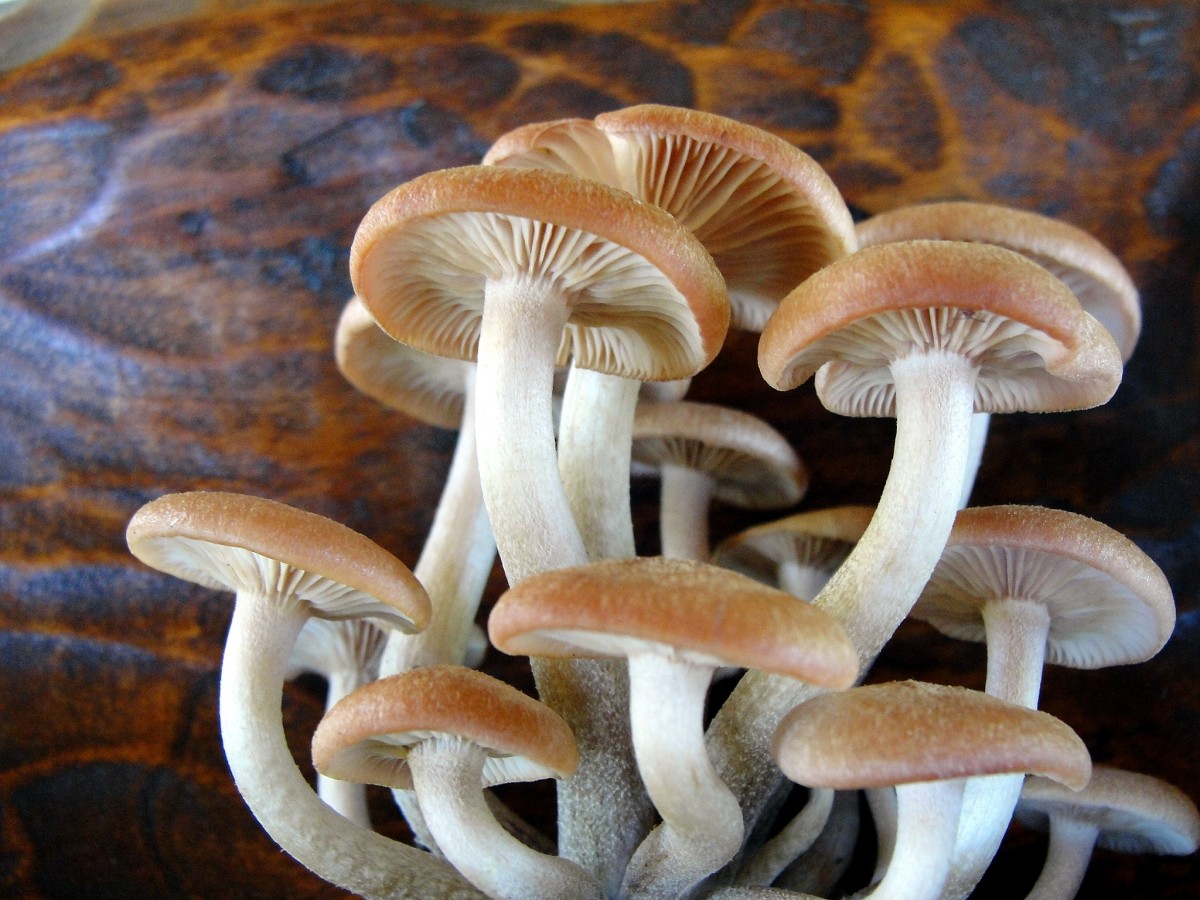Greenhouses have the right environmental conditions to promote plants’ growth; do you ask, what are the tiny mushrooms growing in my greenhouse? It may be good or bad species.
Indeed, greenhouses can also allow other organisms’ development—these buildings, equipped with thermal regulators and other devices that enable adequate factors for growth.

Other tiny organisms could be growing in your greenhouse. Mushrooms are a type of fungus that can grow in moist, nutrient-rich soil. If you’ve seen a few of these in your greenhouse, don’t worry!
In this article, we will explain what the tiny mushrooms growing in your greenhouse are. We will also provide tips to eliminate the cons and keep the pros of your mini ecosystem’s existence.
Tiny Mushrooms In Your Greenhouse
The tiny mushrooms growing in your greenhouse could be a wide variety of species, like the Leucopcoprinus Birnbaum. They could either be huge or small, white or brown, depending on the type of fungus incorporated within your greenhouse environment.
This section of the article will thoroughly explain, what are the tiny mushrooms growing in my greenhouse?
The good species
Fungi come from spores that transfer from different places to your soil. The spores are the so-called “seeds” of these mushrooms. They are present almost everywhere, but in some areas, like your greenhouse, their population and the right environmental conditions allowed them to sprout.
Before you panic and think that this is a bad sign, it is not! The presence of these organisms indicates the richness in minerals of the soil inside your greenhouse, which is perfect for their growth and your present plants.
The hyphae network of these mushrooms, also known as their “roots,” actually provide your plants more nutrition. The mushrooms decompose organic matter within the soil and convert them into nutrients that the plants can use to produce sugars and energy.
In return, the plants provide these mushrooms with excess sugars to stimulate their growth. The tiny mushrooms thriving in your soil could also give your greenhouse some benefits in return! These organisms improve the structure and drainage of the soil.
They also minimize the possibility of soil-borne plant diseases that could affect their roots and stunt their growth.
Another factor could also cause their presence: overwatering. Mushrooms prefer humid, damp, and nutrient-rich soil. If these organisms are present in your greenhouse garden, it probably means that you have been overwatering your plants too much.
Minimize the amount of moisture your florae are getting every day.
The bad species
Sometimes, fungi don’t come in mushrooms with their typical cap-and-stem structure. You might have overlooked a fungus that could be harmful to your plants- molds.
Though they don’t look like mushrooms, plant molds come from the same family like them. However, they do the opposite. Molds may exist in these environments as well, and they can do a lot of damage to your plants.
These organisms absorb and steal nutrients, instead of having a two-way relationship, from the plants. They are parasites that can cause browning of the leaves or, in worse cases, the death of your plants.
Make sure to not only check your greenhouse for mushrooms. Plant molds could be lurking within the soil and on your plants. It would be best if you took immediate action when you acknowledge their presence.
How To Get Rid Of Mushrooms And Other Fungi
If you don’t like the look of mushrooms growing in your garden, it’s excellent to remove them. However, we recommend to keep them as they provide a boost of nutrients to your florae.
This part of the article will give you tips on how to remove those mushrooms and other unwanted fungi.
To eliminate mushrooms, you’d remove their caps; commonly, mushrooms that grow in your garden shaped are like an umbrella. By cutting those out, this diminishes their reproduction rate and would minimize the growth of another batch.
If you want to remove the sprouting fungi altogether, you should change the soil immediately. It removes the present mushrooms and also spores within the soil that could grow into new ones. Also, it removes any possible molds left that could harm your plants!
You can also get rid of fungi by using a fungicide to kill the organisms and eliminates all of its spores that could’ve dropped on the surface. However, use it sparingly and with caution. Too much fungicide could be harmful to your plants and the soil as well.
To stunt and prohibit the growth of these organisms, you can alter the environment within your greenhouse. Lessen the humidity inside the building through proper air circulation. Make sure not to overwater your plants and to monitor the temperature from time to time.
If harmful molds exist within your greenhouse, you should isolate the infected plants and use a fungicide to treat them and the soil. Also, make sure to deeply clean and disinfect your greenhouse often to eliminate their population.
Conclusion
This article has provided you with sufficient information to know what are the tiny mushrooms growing in my greenhouse; how to treat the fungi growing therein.
Our world is interconnected with each other. By differentiating what connections are beneficial or harmful, we allow ourselves to work to better our environment and our planet.
